Yes you are right on every aspect... I am just lazy
yes it is expensive and yes Arduino is limited. What I like about it is the ecosystem it plugs into. The Arduino Mega R3 for example is a really nice board. Also i like to use the 4 Channel Relay Board For Arduino and it just works actually... Never had problem with it You can always adapt to a solid-state relay if you need to or even go to heavy-duty contactor using relay logic... It is a bit old school but it gets the job done.







 Reply With Quote
Reply With Quote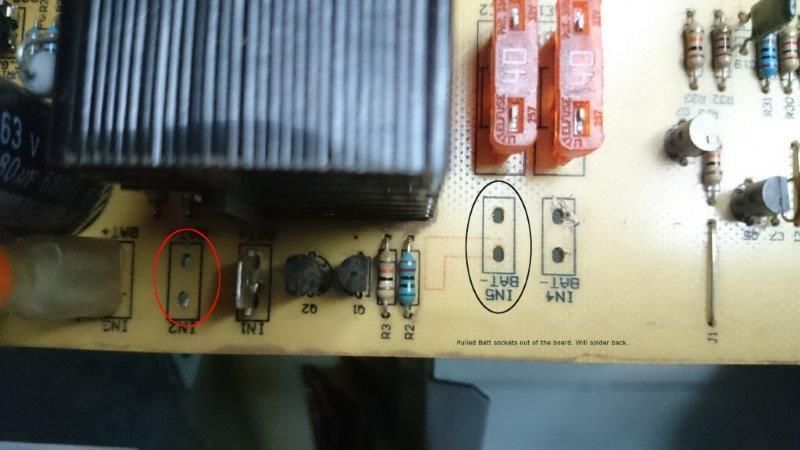
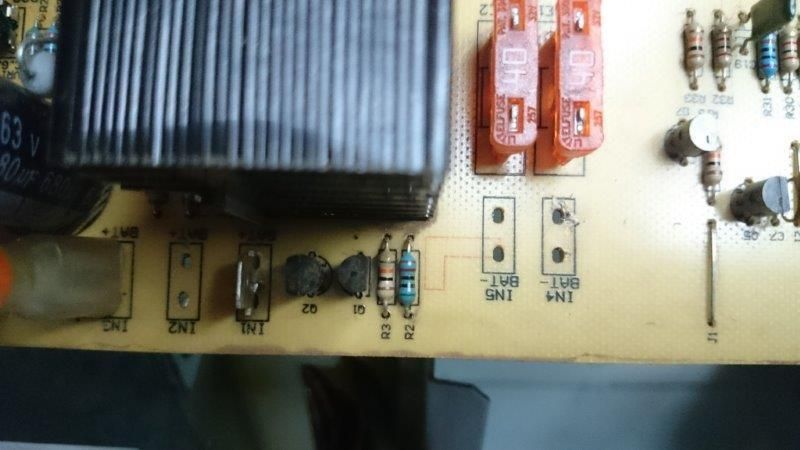
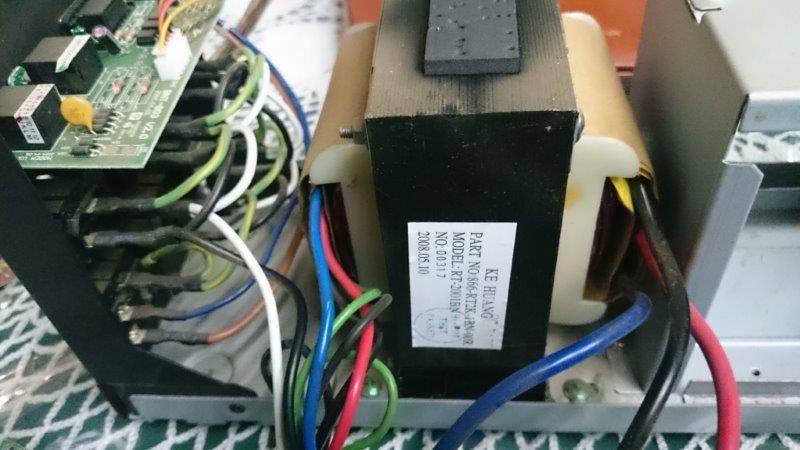
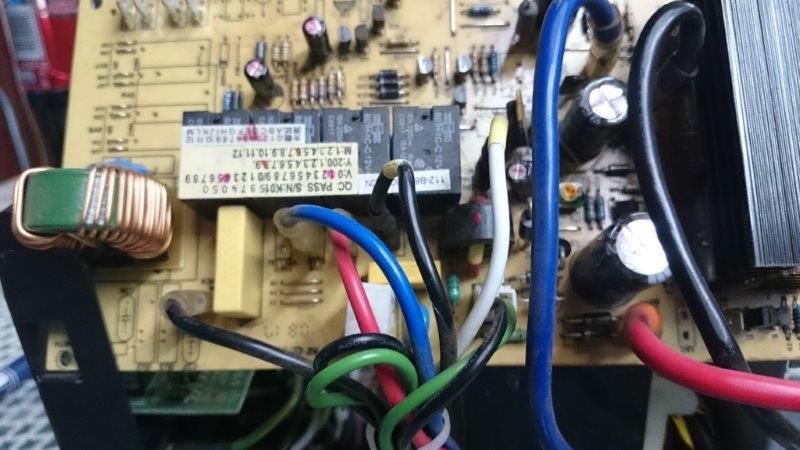
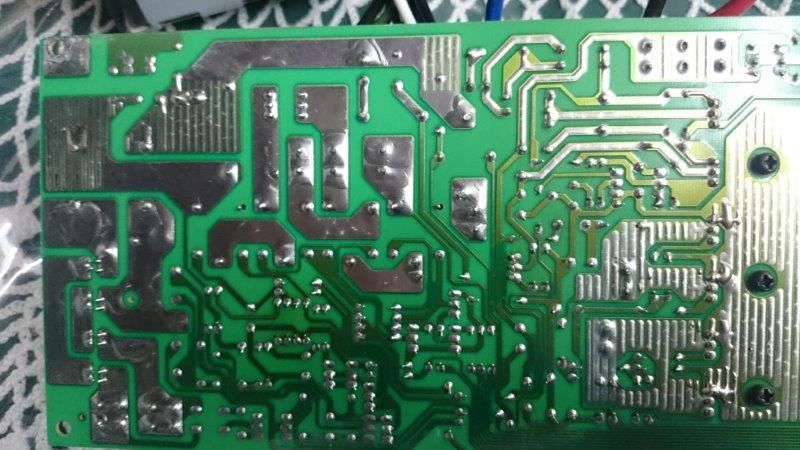



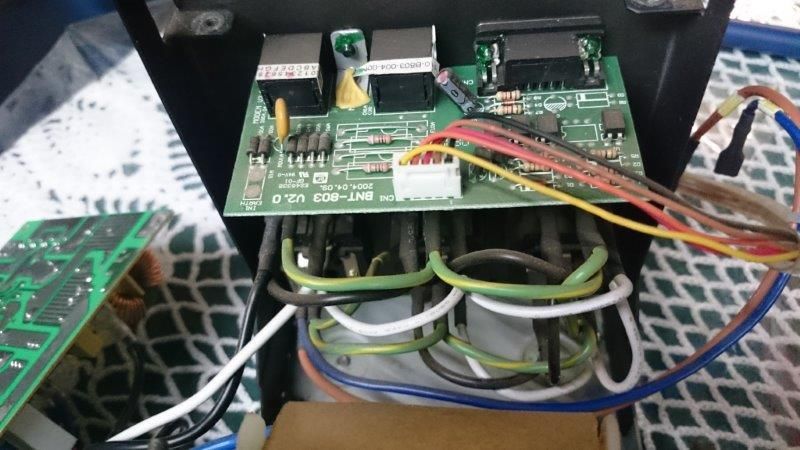
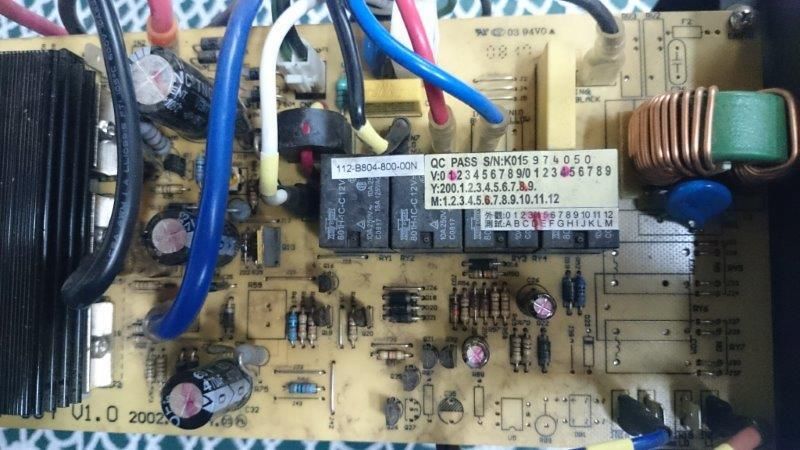
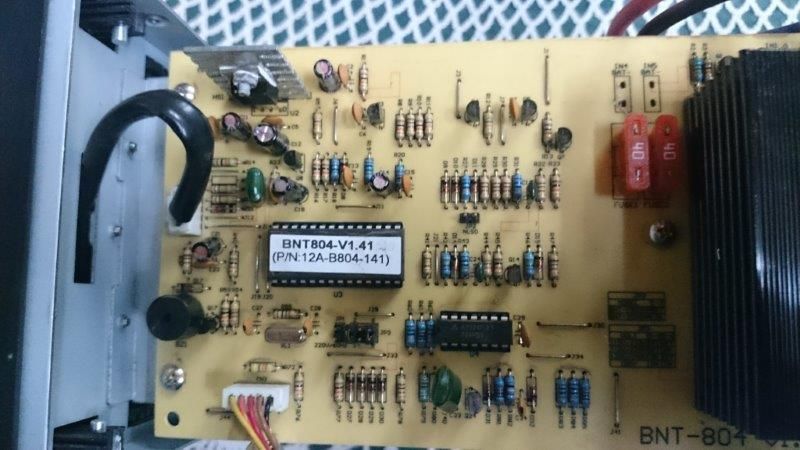
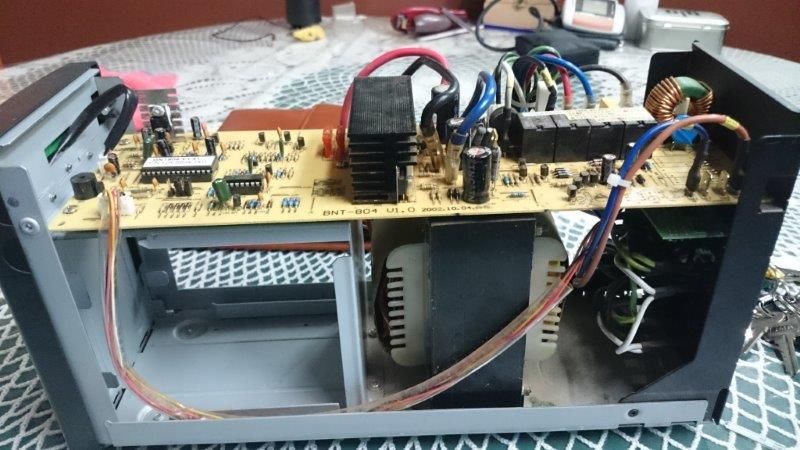



Did you like this article? Share it with your favourite social network.